Vietnam Electricity Group (EVN) has just sent a document to the Prime Minister stating a number of difficulties in the implementation of LNG power projects in the Power Plan VIII.
According to EVN, in the recent period, EVN, as the electricity buyer, has been negotiating Power Purchase Agreements (PPAs) with a number of LNG project investors. At the same time, EVN has also received many recommendations and proposals from the remaining project investors regarding the conditions for implementing investment in this type of power plant.

According to EVN, this enterprise has negotiated a power purchase agreement (PPA) with Nhon Trach 3 and 4 gas-fired power projects and started negotiations with Hiep Phuoc Gas-fired Power Plant.
However, during the working process, EVN said there were some problems that needed to be resolved soon to avoid affecting the progress of investment in LNG power sources in Power Plan VIII.
According to EVN, due to unstable electricity market prices, during the PPA negotiation process, LNG power project investors always requested EVN to agree on the electricity rate through long-term power purchase contracts at 72% - 90% for the entire contract term.
LNG suppliers and transporters also often require utilisation rates to ensure long-term stability in fuel volume and price. This helps them plan international shipping, especially when Vietnam is a new and small market for international LNG suppliers.
However, EVN believes that accepting this condition will risk increasing electricity prices. In particular, LNG has a high cost, at 12-14 USD per million BTU (one unit of energy) when imported to Vietnam's ports. Accordingly, the cost of electricity generation of gas-fired power plants using imported LNG fuel will be at 2,400-2,800 VND per kWh, much higher than other sources of electricity.
At the same time, according to the Power Plan VIII, it is expected that by 2030, the total capacity of LNG power sources will account for about 15% of the total national power source capacity. With high power generation costs, large fluctuations, and long-term output commitment requirements as above, EVN's input electricity purchase costs will be greatly affected, strongly affecting the retail output electricity price when these LNG power sources come into operation.
"Accepting the high rate as proposed by investors will create financial risks for EVN, especially in years when electricity demand is not high," EVN said.
According to the Power Plan VIII to 2030, domestic gas-fired thermal power and liquefied natural gas (LNG) will reach more than 37,000 MW, equivalent to nearly 25% of the total power capacity. Of which, liquefied natural gas (LNG) power will be about 24,000 MW, accounting for about 15%.
According to this plan, by 2030, 13 LNG power projects will be developed, but none of them have kept up with the set schedule. Currently, only Nhon Trach 3 and 4 thermal power plants, with a total capacity of 1,500 MW, are under construction and expected to be operational by the end of next year and mid-2025.
According to EVN's calculations, by 2023, if gas-fired power sources do not operate on schedule, it will affect electricity supply. The electricity output shortage from 2028 will be about 800-1.2 billion kWh. If demand increases, it could lead to a shortage of up to 3 billion kWh per year after 2030.
To avoid the risk of power shortages, EVN believes that it is necessary to clearly define a percentage of electricity through a long-term contract to ensure the harmony of interests of all parties.
Therefore, EVN recommends that the Prime Minister decide on an appropriate rate during the project's debt repayment period. This is to ensure the feasibility of attracting investment in LNG power projects, avoid strong impacts on retail prices, and ensure fair competition between other types of sources.
"This level needs to be decided by state agencies, to be applied to all projects," EVN said, suggesting that this figure could be around 65%.
Source







![[Photo] Prime Minister Pham Minh Chinh chairs conference on anti-smuggling, trade fraud, and counterfeit goods](https://vphoto.vietnam.vn/thumb/1200x675/vietnam/resource/IMAGE/2025/5/14/6cd67667e99e4248b7d4f587fd21e37c)
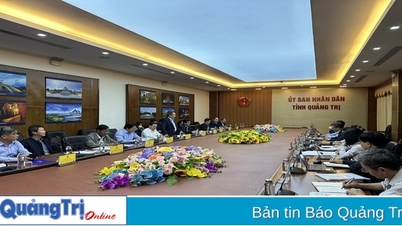


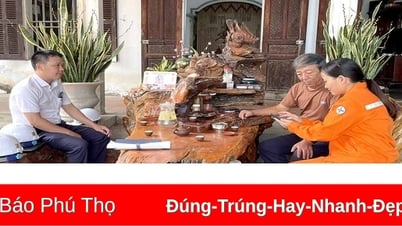
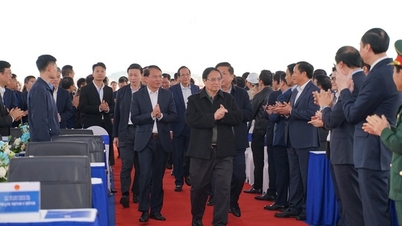

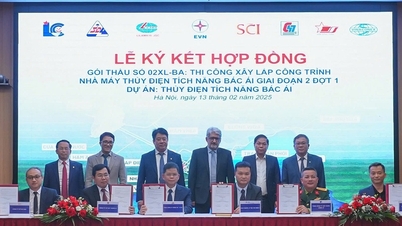

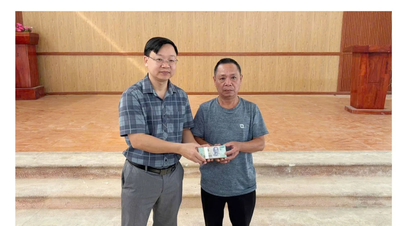
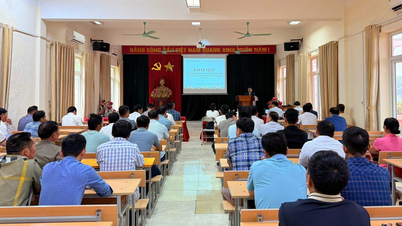
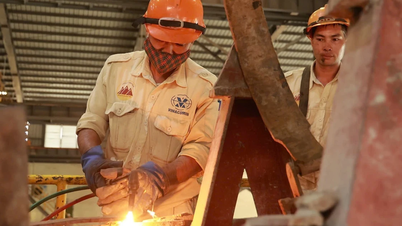


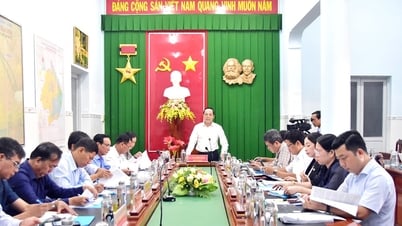




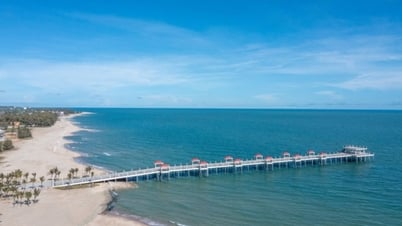











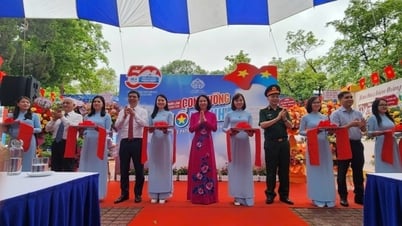

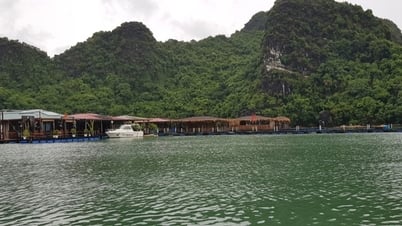













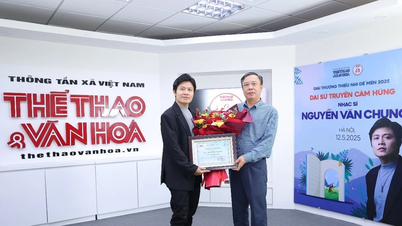














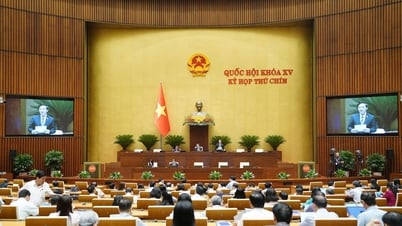

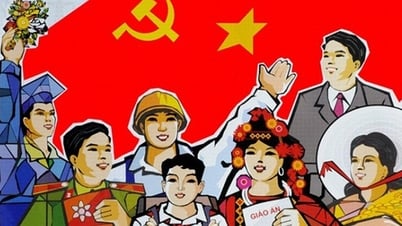

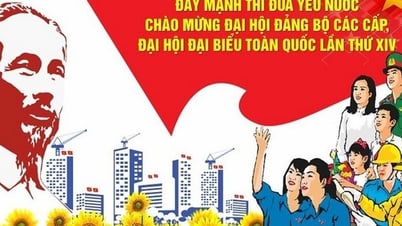


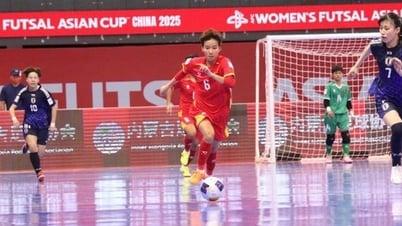
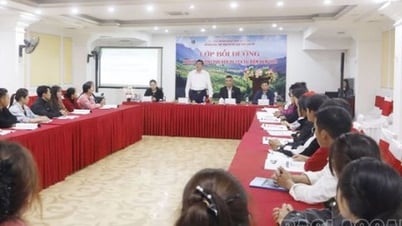
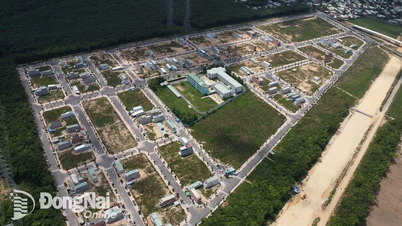

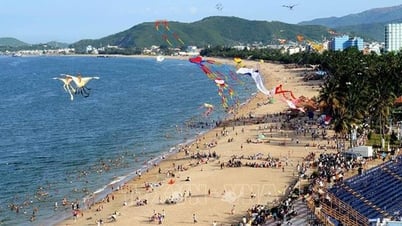


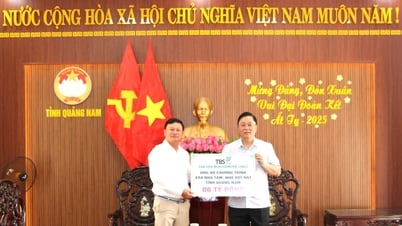


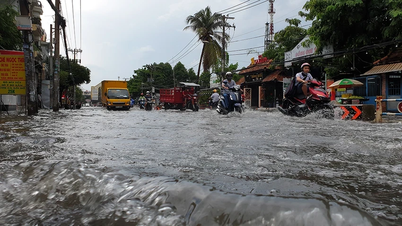










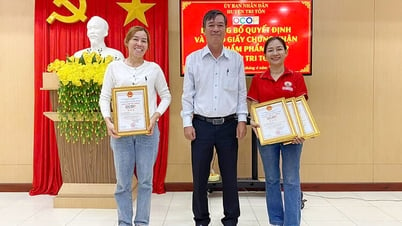
Comment (0)